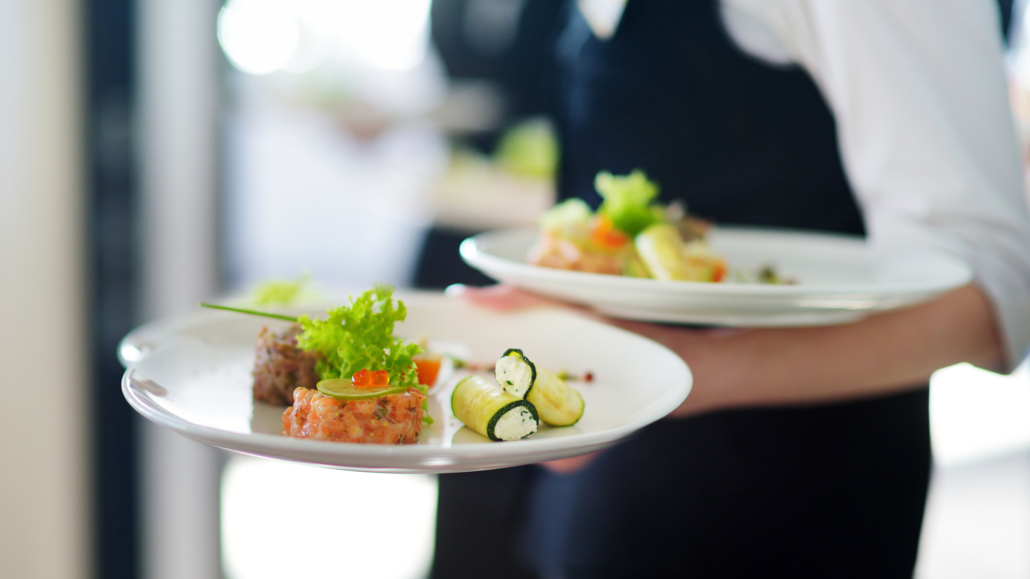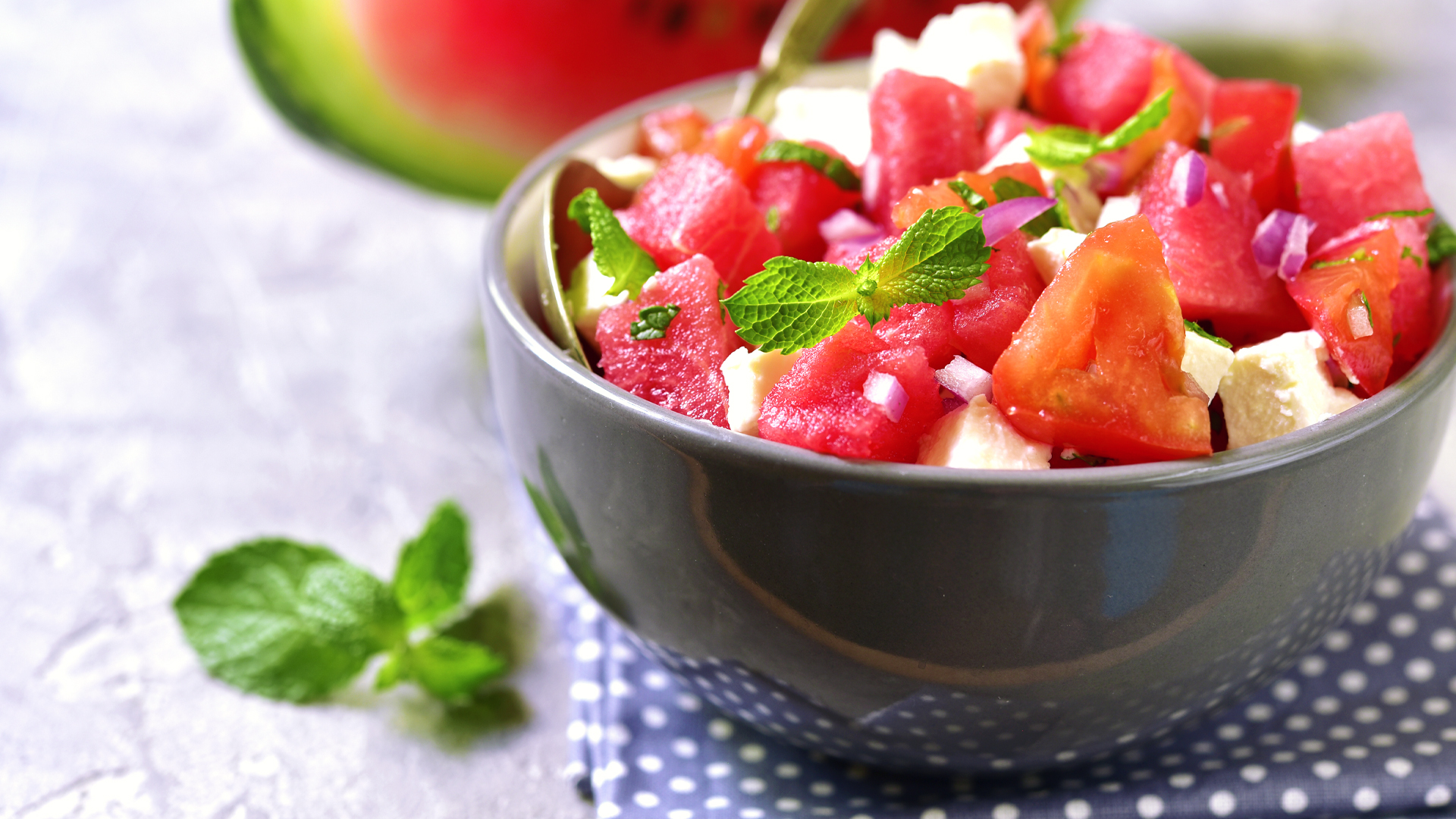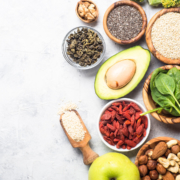Top 5 Questions to Ask Before Eating at a Restaurant
A first date, a birthday celebration, a girl’s night out, after-game grub, a Michelin-star restaurant reservation, family-style comfort food—dining out is not just a way to get a meal in; it is often an experience associated with friendship, family, romance, celebration, and culture. It is a sensory-exciting opportunity to try new foods or indulge in your favorites while also not having to shop, prep, cook, and clean.
But unlike eating at home, where you have complete control over ingredients, preparation methods, and portion sizes, eating at a restaurant (especially often) can come at a hefty cost to your health (waistline included).
Asking the right questions is the answer for how to eat healthy at restaurant.
How to Eat Healthy at a Restaurant: Ask Your Server These Questions
Is the water filtered?
Tap water in the U.S. is generally considered “safe” to drink (it won’t cause acute toxicity or immediate illness). However, that doesn’t mean it is totally free from harmful contaminants like arsenic, chlorine, endocrine disruptors (e.g., phthalates, disinfection byproducts), and pharmaceutical residue (i.e., other people’s medications). To ensure high-quality, healthy water, there are several simple filtration options that can be used: activated charcoal filtration, reverse osmosis, and distillation.
If your server answers no to this question, opt for bottled water. Be mindful, though, that water is used in the preparation of nearly every item on the menu.
Learn about why structured water is the healthiest water here.
Which oils are used for cooking?
Most restaurants use industrial oils like canola, corn, cottonseed, safflower, sunflower, or soybean because they are inexpensive, don’t have a distinctive taste, and have a high smoke point (can be cooked at very high temperatures without burning). These types of oils are processed using high heat, which oxidizes them and creates harmful byproducts. Industrial oils are also high in trans fat (bad for cholesterol and heart health) and omega-6 fatty acids (cause inflammation). Adding fuel to the fire, in a restaurant setting, oils are often used heavy-handedly, adding hidden calories to a meal you might think is healthy.
Olive, coconut, and avocado oil are healthier options, as are grass-fed ghee, lard, or tallow. If possible, request a healthier oil option and/or light oil use in the dish you are ordering.
Get the skinny on coconut oil here.
Are the fruits and vegetables organic?
The term organic refers to food void of antibiotics, artificial food additives (i.e., artificial sweeteners, coloring, flavoring, preservatives), GMOs, and hormones. In terms of produce, organic also means that the crops are grown using natural fertilizers and no chemical pesticides or herbicides. While “organic” should be the norm, it is, unfortunately, still the exception, which is why this question is important. Nonorganic farming practices can lead to vegetables that contain toxic heavy metals (found in fertilizer) and have pesticide residue (washing alone doesn’t necessarily remove all traces of pesticides).
If organic is not an option at the restaurant you are dining at, it is best to at least avoid “the dirty dozen,” fruits and vegetables with the highest levels of pesticides, and load up on “the clean fifteen,” ones with the least.
Learn more about heavy metal toxicity here.
Are the cows grass-fed?
Are the chickens (and eggs) pasture-raised?
Is the seafood wild-caught?
Knowing where your animal protein comes from and how it is raised is an ethical and health-related inquiry that directly impacts the animal, the environment, and your well-being. Certain practices, such as livestock raised in feedlots, chickens kept in overcrowded cages, and fish farmed in tanks (in-ocean or on land), can lead to antibiotic use, unnatural feeding methods (grass-fed cows contain less fat and more omega-3 fatty acids, vitamin A, and vitamin E than grain-fed cows), high cortisol production (stress hormone), higher fat content, and fewer nutrients.
If you are going to eat beef, chicken, fish, or any other animal protein in a restaurant or at home, make sure it is organic (hormone and antibiotic-free) and ethically and sustainably caught or raised.
Learn about the Innovative Medicine Diet here.
I have an allergy (or sensitivity) to (fill in the blank). Is there any (allergen) in the sauce, batter, condiments, gravy, etc.?
Common allergens such as dairy, gluten, mustard, soy, and sulfites can be found in many unassuming places on the menu, which is why if you have an allergen or a sensitivity, it is a good idea to double-check they aren’t hidden in something you are about to order. Nearly a quarter of food-related allergic reactions are the result of hidden allergens.
Learn about NAET, a natural allergy elimination therapy here.

On the House Tips for How to Eat Healthy at a Restaurant
Eating out can be a healthy experience, even if you indulge a little. By asking the right questions and putting some of the following tips into practice, your meal out can be both celebratory and salubrious.
- Portion sizes often exceed two to three times the recommended amount, which also includes two to three times more calories, fat, sugar, and salt. Share an entree or put at least half of your entree in a to-go box to enjoy as another meal to avoid overeating.
- Ask for the dressing or sauce on the side.
- Limit or avoid high-calorie and high-sugar sodas and alcoholic mixed drinks.
- Opt for grilled over fried or sauteed.
- View the menu before arriving so you have time to think about what you want to eat and avoid making an unhealthy impulsive decision.
- Make a reservation. Arriving hungry and then having to wait while surrounded by food is a bad recipe that can lead to overeating.
- Order a salad or broth-based soup first.
- Eat the least calorie or healthiest option on your plate first.
- Eat slowly and mindfully, fully savoring each bite.
- Put your fork down between bites.
- Skip or share dessert.
- If possible, take a light stroll after your meal.
Enjoy! Bon appetit! Buen provecho!
Disclaimer: The statements made in this article have not been evaluated by the Food and Drug Administration. Any products or treatments mentioned are not intended to diagnose, treat, cure, or prevent any disease. Please consult a licensed medical practitioner for medical advice.
At Innovative Medicine, we believe in transparency. We want you to know that we may participate in affiliate advertising programs pertaining to products mentioned herein.
See how we can help you restore complete health of body, mind & spirit.
Join our mailing list and receive exclusive offers + information!







Leave a Reply
Want to join the discussion?Feel free to contribute!